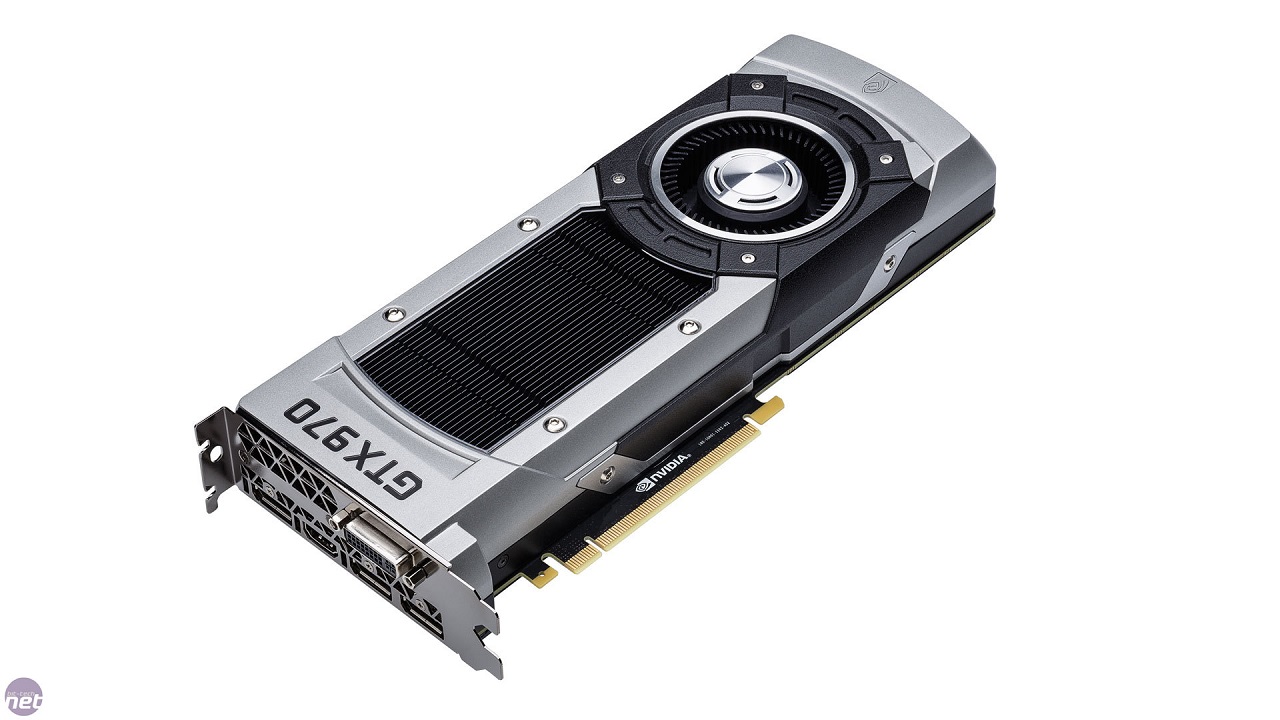Leading graphics card manufacturer NVIDIA has responded publicly to a class action lawsuit they now face for failing to accurately portray the technical specs of the GTX 970. Jen-Hsun Huang (CEO of NVIDIA) has stated that “GTX 970 is a 4GB card. However, the upper 512MB of the additional 1GB is segmented and has reduced bandwidth.” - confirming the community wasn’t given the full story until after cards were sold and complaints came pouring in.
The GPU costs $350 new in the United States, more elsewhere, and is often bought in pairs for SLI configurations to achieve 4K resolutions on ultra settings without frame-skipping in popular games such as Middle-Earth: Shadow of Mordor.
Some quarters insist that the GTX 970 performs fine on its own, even with the revelation that it’s only a 3.5GB card with 512MB of “reduced bandwidth” reinforcement (80% slower to be exact). Huang says in the statement that “this is a good design,” and gives no apology to claims that the company are guilty of false advertising. Instead, he cites the error as being caused by marketing teams and engineering teams simply not communicating properly. That said, he never outright denies that the company misled consumers either. We’ll likely have to wait and see what a judge makes of the matter, if it ever reaches the courts. The company could just instead decide on a settlement - it’s hardly uncommon, after all.
So, NVIDIA would have you believe this was all just an honest mistake - something which is unlikely to soothe the anger of many irate customers, who found themselves purchasing a $350 GPU, only to discover it still struggles to maintain stable framerates on some popular titles. There is also the matter of the noticeable absence of disclosure on the fact that the GTX 970 is only capable of accessing 7 of its 8 memory controllers, only has 56 ROPS (Render Output Units) instead of the advertised 64 ROPS, and houses just 1.75MB of L2 cache rather than the 2MB L2 cache promised on the box. Huang’s statement focuses solely on the 4gb memory issue.
Here’s his statement on the subject in full:
Hey everyone,
Some of you are disappointed that we didn’t clearly describe the segmented memory of GeForce GTX 970 when we launched it. I can see why, so let me address it.
We invented a new memory architecture in Maxwell. This new capability was created so that reduced-configurations of Maxwell can have a larger framebuffer - i.e., so that GTX 970 is not limited to 3GB, and can have an additional 1GB.
GTX 970 is a 4GB card. However, the upper 512MB of the additional 1GB is segmented and has reduced bandwidth. This is a good design because we were able to add an additional 1GB for GTX 970 and our software engineers can keep less frequently used data in the 512MB segment.
Unfortunately, we failed to communicate this internally to our marketing team, and externally to reviewers at launch.
Since then, Jonah Alben, our senior vice president of hardware engineering, provided a technical description of the design, which was captured well by several editors. Here’s one example from The Tech Report.
Instead of being excited that we invented a way to increase memory of the GTX 970 from 3GB to 4GB, some were disappointed that we didn’t better describe the segmented nature of the architecture for that last 1GB of memory.
This is understandable. But, let me be clear: Our only intention was to create the best GPU for you. We wanted GTX 970 to have 4GB of memory, as games are using more memory than ever.
The 4GB of memory on GTX 970 is used and useful to achieve the performance you are enjoying. And as ever, our engineers will continue to enhance game performance that you can regularly download using GeForce Experience.
This new feature of Maxwell should have been clearly detailed from the beginning.
We won’t let this happen again. We’ll do a better job next time.
Jen-Hsun.



